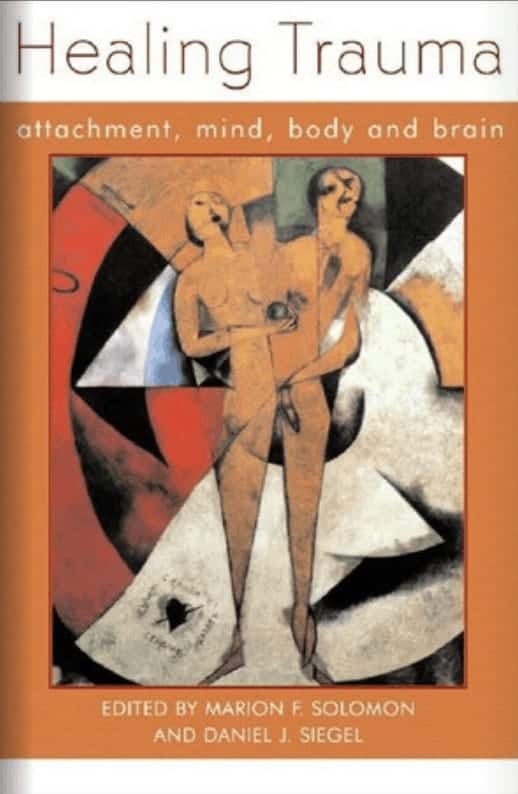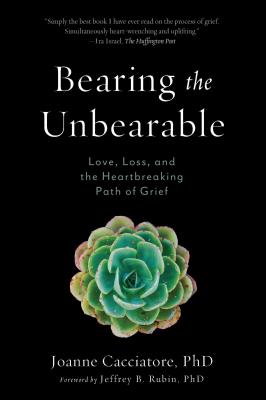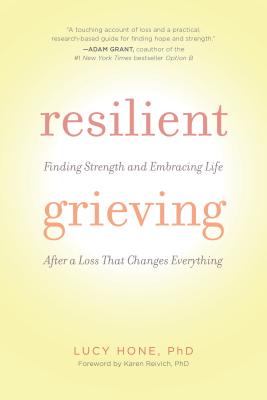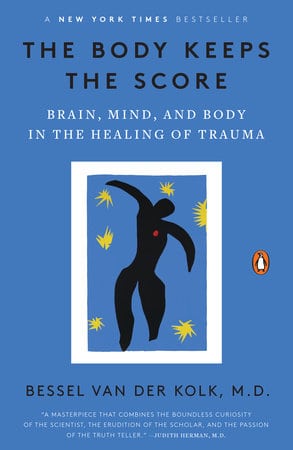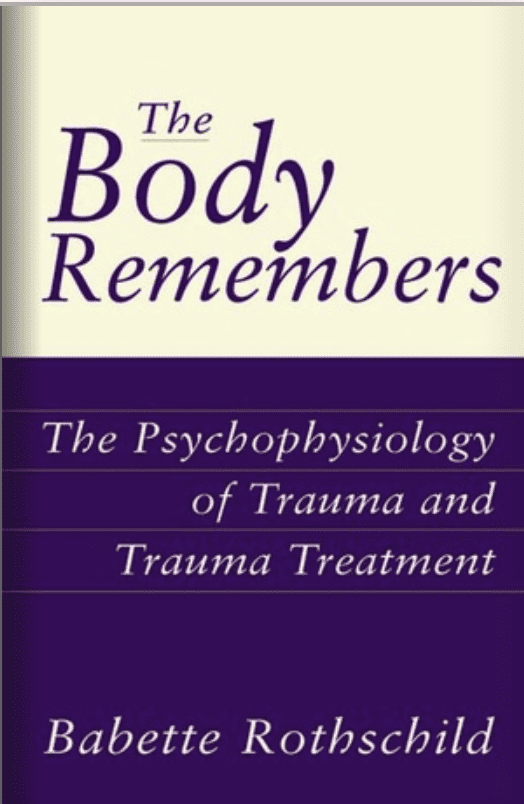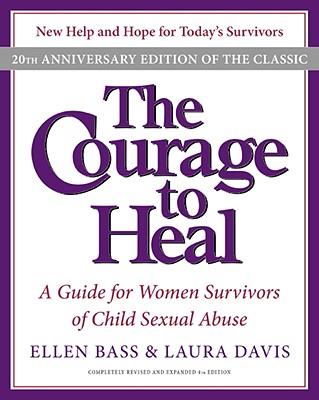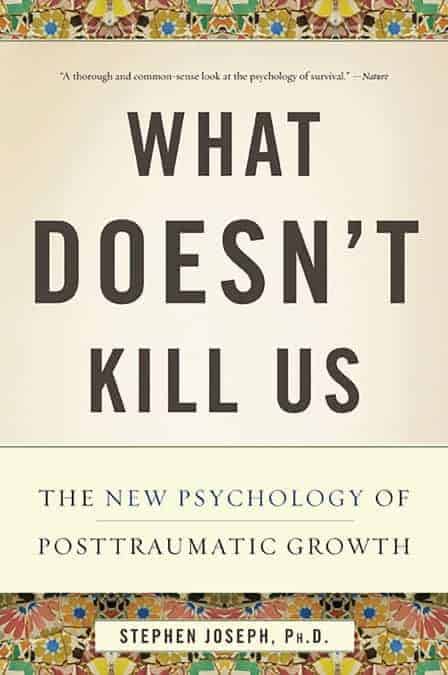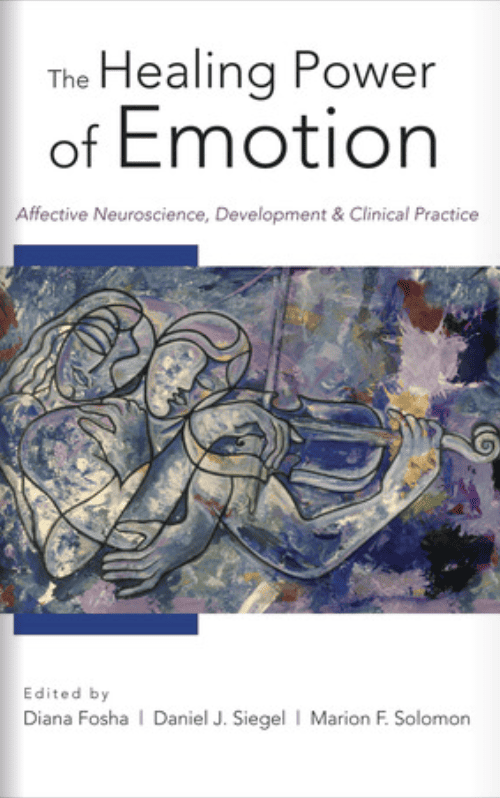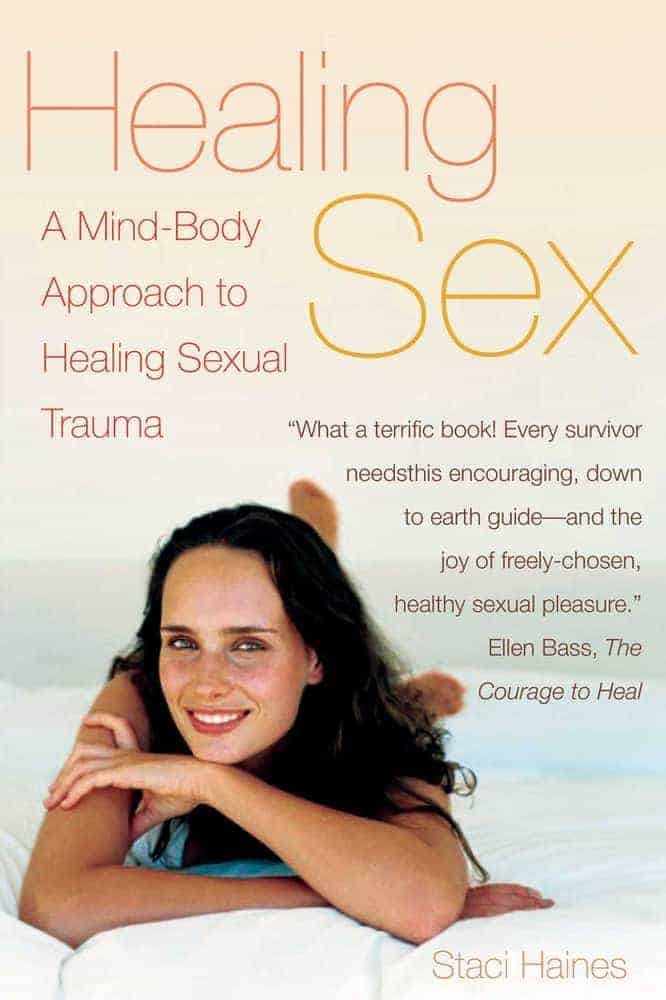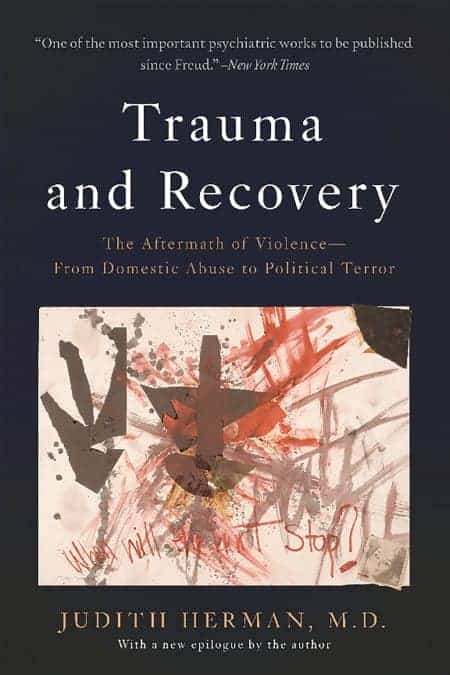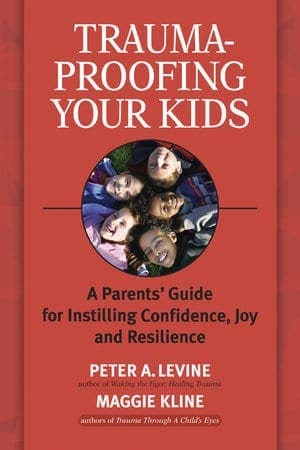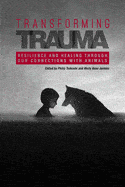Mental Health and Conditions
Posttraumatic Stress Disorder (PTSD): Overview and Treatments
THC Editorial Team March 30, 2021

Contents
- Overview
- Symptoms of Posttraumatic Stress Disorder (PTSD)
- Types of Posttraumatic Stress Disorder (PTSD)
- Causes and Risk Factors for Posttraumatic Stress Disorder (PTSD)
- How Is Posttraumatic Stress Disorder (PTSD) Diagnosed?
- Treatments for Posttraumatic Stress Disorder (PTSD)
What Is Posttraumatic Stress Disorder?
Posttraumatic stress disorder, or PTSD, is a psychological condition that occurs after a person has experienced a frightening, stressful, or violent event. Whereas the majority of people recover naturally from a traumatic experience, in those affected by PTSD, memories of the traumatic experience can cause debilitating emotional stress that interferes with normal activities and relationships with loved ones.1 Serious attention was brought to the disorder by veteran movements as well as feminist and Holocaust campaigns.2
The Diagnostic and Statistical Manual of Mental Disorders (5th edition; DSM-5) classifies PTSD within the family of trauma- and stressor-related disorders. According to the World Health Organization’s International Statistical Classification of Diseases and Related Health Problems (11th edition; ICD-11), PTSD is a disorder specifically associated with stress.3
Some evidence supports the idea that indirect exposure to trauma can also elicit the development of PTSD. In 2006, clinical psychologist Rose Zimering at Boston University measured the rates of PTSD in people indirectly exposed to Ground Zero from the 9/11 attack on the World Trade Center. Participants included relief personnel working at the site of the World Trade Center collapse as well as a group exposed to survivor narratives. Her results demonstrated that those with indirect exposure to trauma also developed PTSD symptoms.4
What Are the Symptoms of Posttraumatic Stress Disorder?
Although both children and adults can develop PTSD, associated symptoms may present differently in the two populations. Both behavioral and somatic symptoms can occur, which may begin in the days immediately following the traumatic event or years later.5
PTSD symptoms fall into the following four clusters:6
- intrusion
- avoidance
- negative changes in mood and cognition
- arousal and reactivity
Intrusion
Distressing memories of the event may suddenly intrude in the course of your everyday activities. Although intrusion may take many forms, the following types are common:
- You may experience recurrent nightmares involving the event. The nightmares may not relate specifically to the traumatic experience.
- You may have sudden, upsetting memories of the event. Children may display this symptom through repetitive play.
- You may experience flashbacks of the event. Children may experience the event as though it were occurring again and may reenact the event in play.
- You may exhibit physical symptoms of stress when reminded of the event (e.g., racing heartbeat, trouble breathing, sweating, chronic pain, panic attacks).7
Avoidance
In an attempt to protect yourself from distressing memories, you may try to distance yourself from certain situations in the following ways:
- You may purposely avoid people, places, or objects that stir memories of the triggering event.
- You may refuse to acknowledge memories or to talk about subsequent thoughts and feelings.
Negative Changes in Mood and Cognition
You may feel unable to overcome a negative perception of yourself and/or the world around you. You may experience this in the following ways:
- You may believe that you are somehow to blame for the event and experience guilt or shame, or you may seek to blame others.
- You may have an overall negative worldview.
- You may have difficulty experiencing positive emotions.
- You may experience a significant loss of interest in activities you once enjoyed.
- You may feel unable to connect with other people.
- You may be unable to recall key aspects of the triggering event.
- You may experience numbness.8
- You may experience suicidal thoughts.9
Arousal and Reactivity
Your brain may be in a persistent state of hyperstimulation, which may lead to volatile emotions and reactions such as the following:
- You may act impulsively in ways that could harm yourself or others, including problematic use of drugs.10
- You may experience a lowered threshold for irritation.
- You may respond to others with uncharacteristic anger.11
- You may experience a heightened sense of danger.
- You may struggle to concentrate on tasks.
- You may have difficulty sleeping.
- You may experience hypervigilance.
Subtypes of Posttraumatic Stress Disorder
Each person processes trauma in their own way, and PTSD will look different from one person to another. However, there are certain criteria to denote common subtypes of PTSD. The four common subtypes include uncomplicated, delayed expression, dissociative, and complex.
Uncomplicated
Uncomplicated PTSD occurs after you experience an isolated traumatic event. No other conditions are present.
Delayed Expression
Delayed expression PTSD occurs when you do not meet the clinical criteria for a formal PTSD diagnosis until at least 6 months after the traumatic experience.
Dissociative
If you have dissociative PTSD, you experience symptoms in one of two ways: derealization or depersonalization.
Derealization.
You feel that the world around you is unreal or that you are living in a distorted reality.
Depersonalization.
You feel that you are a separate entity from your mind or body and that you are observing your feelings and actions as an outsider.
Complex
Complex PTSD can develop if you have experienced recurrent traumas, such as growing up in an abusive family or experiencing repeated sexual assaults. Other psychiatric conditions are often present, including anxiety and depression.
Causes and Risk Factors for Posttraumatic Stress Disorder
The DSM-5 definition of a traumatizing experience includes the following:6
- being exposed to death or the threat of death
- sustaining significant injury
- experiencing sexual assault or abuse
Many people experience a traumatic event in their lifetime, but only some develop PTSD. Although there is no way to predict whether someone will develop PTSD, the following risk factors may be significant contributors.
Gender
Females are at an increased risk for developing PTSD. Roughly 10%–12% of females experience the disorder during their lifetime compared to 5%–6% of males.12 This may be attributed to females’ exposure to more high-impact trauma, such as sexual trauma, than males at a younger age. Furthermore, females and males tend to differ in the kinds of events they interpret as threatening, and as a result, their preferred coping strategies and physiological reactions are likely to differ as well.13
Lack of Social Support
People who do not have a supportive social network are more likely to develop PTSD following a traumatic experience.11 In two different meta-analytic studies, one conducted in 2000 by Chris Brewin, professor of clinical psychology at the University of London, and one conducted in 2003 by Emily Ozer, professor of clinical psychology at the University of California, Berkeley, the risk factor of lack of social support was found to have the strongest association with the development of PTSD.14
Neurological Anomalies
Research using magnetic resonance imaging (MRI) indicates that people who have PTSD frequently have several brain abnormalities in the areas that detect potential threats, process current surroundings, control fear, and regulate emotional and behavioral responses.15
Previous Trauma
Experiencing a traumatic event early in life increases a person’s risk of developing PTSD as a result of subsequent trauma in adulthood.12 Using a sample of 2,181 people, Naomi Breslau, professor of psychiatric epidemiology at Michigan State University, studied the extent to which previous trauma affected an individual’s chances of developing PTSD from trauma later in life. Her results revealed that exposure to trauma early, and especially repeatedly, in one’s life points to an increased risk of PTSD in adulthood.16
Career Type
Those who work in careers that involve notable exposure to violent events, such as relief workers, medical personnel, and military personnel, have increased risk of developing PTSD.17
History of Mental Conditions
Preexisting mental health conditions, such as anxiety or depression, as well as a history of mental illness in the family can increase a person’s likelihood of experiencing PTSD. Brewin and Ozer found psychiatric history to be associated with the development of PTSD later in life.14
How Is Posttraumatic Stress Disorder Diagnosed?
After conducting a structured interview with you, a mental health professional may make a diagnosis of PTSD based on your history, behavioral patterns, and self-reported symptoms. Based on the DSM-5 criteria for PTSD, the mental health professional would consider your exposure to a traumatic event and whether you experience symptoms in all four of the clusters described above (intrusion, avoidance, negative changes in mood and cognition, and arousal and reactivity). In order to meet the criteria for a diagnosis of PTSD, you must have been experiencing these symptoms for more than 1 month, and the symptoms must be causing you significant distress and impairment in your functioning (e.g., at work, in relationships). Finally, the mental health professional must determine that your symptoms are not due to the effects of another medical condition or substance use.6
Treatments for Posttraumatic Stress Disorder
Unfortunately, treatment for PTSD will not make your memories of trauma go away. Rather, the goals of treatment are to give you a different perspective on the event, help you better manage your symptoms, and empower you with coping strategies that can improve your quality of life. Treatments for PTSD include psychotherapy, medication, and complementary approaches.
Psychotherapy
The following psychotherapies are the approaches primarily used in treatment of PTSD due to their trauma-focused nature:18
Prolonged Exposure Therapy.
In prolonged exposure (PE) therapy, words, ideas, objects, and places tied to the trauma that were once avoided are safely brought to the forefront of the therapy session. The individual is encouraged to challenge their negative feelings. Agnes van Minnen, professor of clinical psychology at Radboud University, alongside researchers at the University of Washington in Seattle examined the effectiveness of PE therapy on those experiencing PTSD with comorbid problems and found PE to be a safe and successful treatment method. Minnen’s study backed previous evidence that PE is the most effective treatment available for individuals with PTSD.19
Eye-Movement Desensitization and Reprocessing.
Eye-movement desensitization and reprocessing (EMDR) uses exposure therapy in conjunction with certain guided eye movements that change the way in which one responds to traumatic memories. In a study conducted in 2005, licensed psychotherapist Karen Lansing studied the effectiveness of EDMR in the treatment of police officers with PTSD. After being treated with EMDR, police officers demonstrated clinical improvement on the Posttraumatic Stress Disorder Diagnostic Scale. Lansing and colleagues found EMDR to be associated with significant changes in brain function, observed through high-resolution brain single photon emission computed tomography (SPECT), along with reduced PTSD symptoms.20
Cognitive Behavioral Therapy.
Cognitive behavioral therapy (CBT) is a form of talk therapy that utilizes cognitive exercises to help a person address negative thought patterns and confront their fears in a safe environment. Research indicates that CBT strengthens connections within the brain itself—specifically between the areas that control fear and those that regulate cognitive responses—which improves the person’s ability to control their thoughts, feelings, and reactions that are affected by PTSD.21
Medication
Selective serotonin reuptake inhibitors (SSRIs) and serotonin-norepinephrine reuptake inhibitors (SNRIs) are commonly prescribed for PTSD symptoms.22 These drugs are antidepressants, and they can help reduce your PTSD symptoms and enhance the effectiveness of CBT. In a study conducted at Harvard University in 2017, researchers found that both SSRIs and SNRIs significantly reduced PTSD symptoms compared to placebo.23
Complementary Approaches
Although they will not replace professional help, complementary approaches can enhance the effects of psychotherapy and medication while also giving you a healthy sense of control. Some types of complementary approaches are described below.
Support Groups.
These informal groups provide a safe environment to share your experiences openly without the fear of judgment, which improves trust in others and the ability to build relationships. Support groups can also aid families as they attempt to acclimate to family members’ suffering from PTSD. In 2017, researchers in Iran studied the effect of peer support on the wives of war veterans. Their study revealed that peer support groups yielded positive results in the adaptation of couples affected by PTSD.24
Sufficient Rest.
Difficulty sleeping is a hallmark of PTSD. Establishing a relaxing nightly routine and a consistent bedtime may help you relax and get more sleep.
An Exercise Routine.
Getting regular aerobic exercise may help your brain and body better cope with your PTSD symptoms.25 Joseph T. Ciccolo, professor of behavioral sciences at the University of Colombia, and colleague James W. Whitworth conducted a study to determine the effect of exercise on PTSD in military veterans. They found that regular aerobic exercise was associated with a decrease in PTSD symptoms.26













